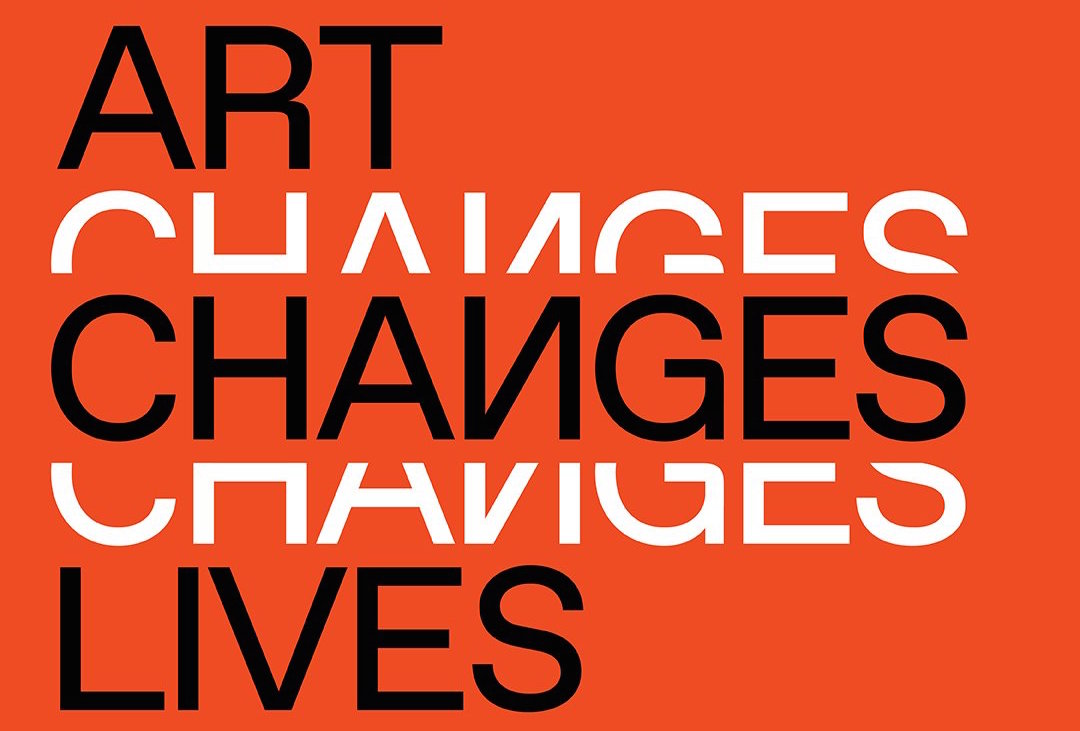Art Changes Lives. Here’s why we need to fund the arts
June 17th 2016
FBi Culture

“In Australia, the arts employ more people than agriculture, construction or mining, and the creative industries generate $50 billion for the Australian economy.” – National Association of Visual Arts
May 13 has become known to those in the arts sector as ‘Black Friday’. As a result of government funding cuts to the Australia Council for the Arts, 50% of previously supported small to medium arts companies did not receive funding. The number of Australia Council grants for individual artists and projects has decreased by 70% since 2013/14. Read more about the result of Black Friday here.
In response to this funding shortfall, the lack of consultation around a massive funding restructure and the lack of arts policy discussion in the federal election, the sector have called a National Day of Action. We need to speak up! To remind us of what we’re fighting for, three of FBi’s passionate arts & culture volunteers shared their connection with the arts and what art means to their understanding of the world.
Read their thoughts below, and show your support: sign the Art Changes Lives petition here and share the love with #istandwiththearts and #ausvotesarts.
“Art is an access point to ways of thinking that are sometimes difficult to articulate. Art does not exist in a vacuum; to work in the arts means the continual study of politics, history, socioeconomics and subcultures. It means the constant banding together of workers who value alternate methods of exchange and collaboration. It means flexibility, community and fluidity. It allows a space for critique of the mainstream, while simultaneously providing mass entertainment and leisure. The arts provide emotional nourishment and a space for conversation. Eradicating that space eradicates any possibility for change.”
– Katie Winten
“When asked if he was going to cut arts funding during the war, Winston Churchill replied: “Then what are we fighting for?” – because culture is at the heart of identity. It is a value we seem to have lost. Whether it is post-colonial or post-internet, artists reflect back to us the world we live in with a sharp and critical gaze. They help us comprehend our own identity, our position within the world. When working with artists, I am constantly blown away by their creativity and ability to see things from new angles. They create works that express ideas or experiences that I could never put into words. We need the arts to continue to start conversations, and to check ourselves.”
– Nerida Ross
“It’s difficult to pin down what the arts, or art, mean to me, because it’s not something I believe we engage in by choice. Creative production is something we undertake, experience and appreciate somewhat unintentionally in our lives. Wherever you are right now, take one moment to be present in the space you are in, the objects you are holding, the clothes you are wearing. People designed these things. Are you listening to music? Somebody designed that too, and not in a fleeting moment of genius but through years of rigorous experimentation, styling, failure and small success. All these designed and created things did not come out of a vacuum, they have all been influenced and guided by a conversation around art for literally thousands of years. If we allow the arts in Australia to be gutted and reshaped for the political purposes of one party, I can guarantee we will lose more than the economic benefits and the contribution to our personal identities. If we allow processes like this attack on art to continue, we will begin to lose the joy of experiencing life as emotionally complex members of an inherently creative species.”
– Lachlan Herd
We live in an age where visual culture is as important as linguistics when ‘reading’ the world around us. Whether it’s the emojis we use to text or the road signs we use to navigate our geography, signs and symbols are used by everyone to deduce meaning from our surroundings. Artists thus have an immense power to communicate to general public audiences through their use of visual symbolism in works of art. Whether social, political, cultural or ecological messages, artists enrich and communicate directly with audiences about the issues of our time. Artists also have the unique ability to create new meaning and subjective experiences in which enrich the lives of the individual and the community at large.
– Anna Kirk
Sign the petition here.


